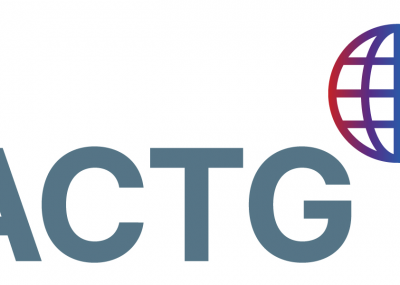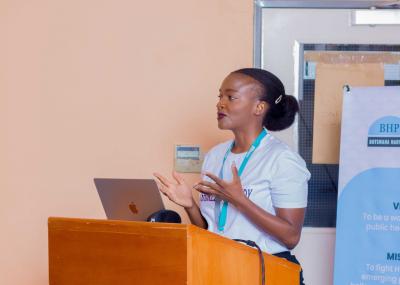Population health surveys are rarely comprehensive in addressing sexual health, and population-representative surveys often lack standardised measures for collecting comparable data across countries. We present a sexual health survey instrument and implementation considerations for population-level sexual health research. The brief, comprehensive sexual health survey and consensus statement was developed via a multi-step process (an open call, a hackathon, and a modified Delphi process). The survey items, domains, entire instruments, and implementation considerations to develop a sexual health survey were solicited via a global crowdsourcing open call. The open call received 175 contributions from 49 countries. Following review of submissions from the open call, 18 finalists and eight facilitators with expertise in sexual health research, especially in low- and middle-income countries (LMICs), were invited to a 3-day hackathon to harmonise a survey instrument. Consensus was achieved through an iterative, modified Delphi process that included three rounds of online surveys. The entire process resulted in a 19-item consensus statement and a brief sexual health survey instrument. This is the first global consensus on a sexual and reproductive health survey instrument that can be used to generate cross-national comparative data in both high-income and LMICs. The inclusive process identified priority domains for improvement and can inform the design of sexual and reproductive health programs and contextually relevant data for comparable research across countries.
Publications Date
Journal
Sex Transm Infect
PMID
33846277
PMCID
PMC8785043
DOI
10.1136/sextrans-2020-054822
Abstract




